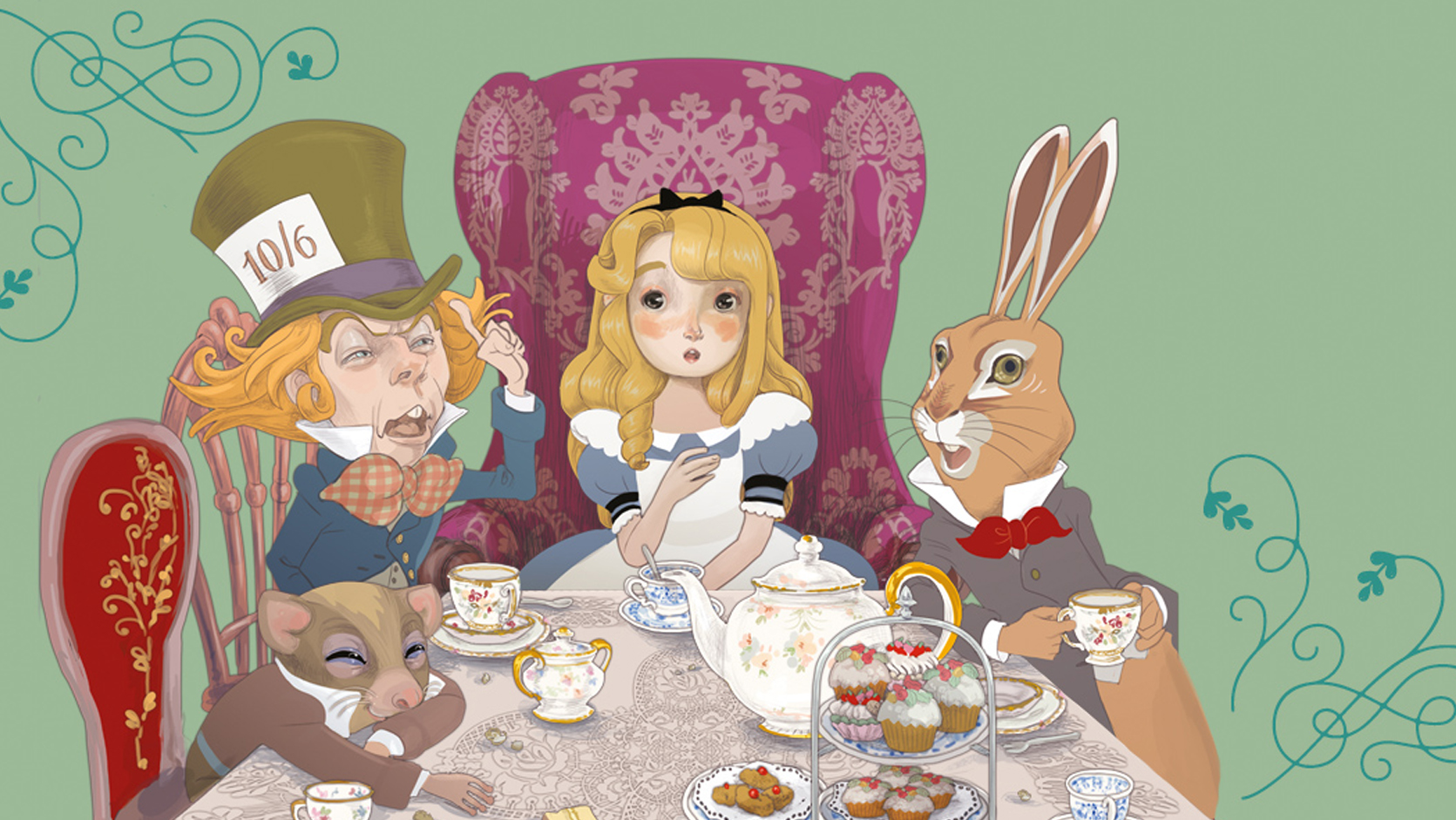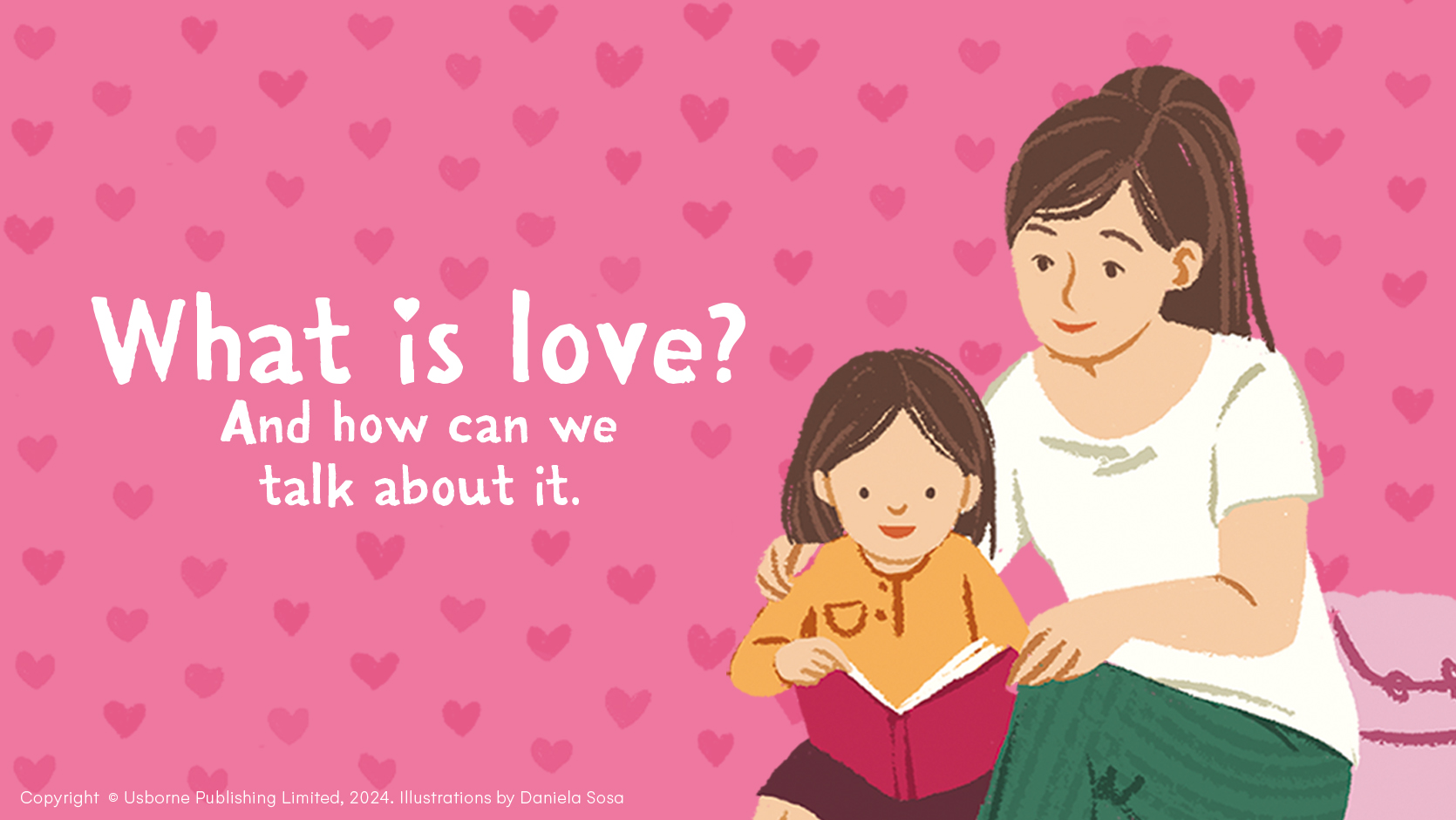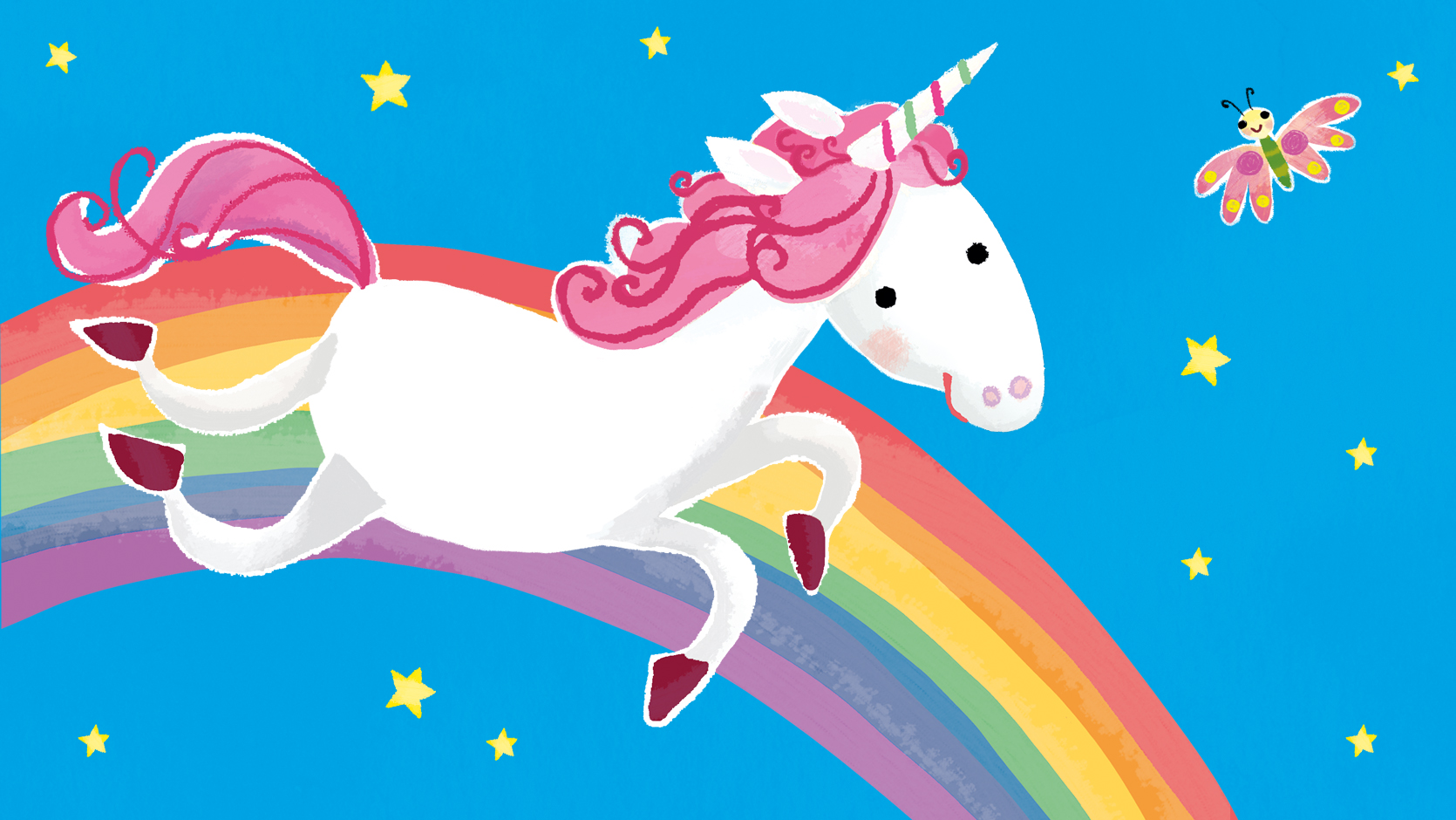- Behind the scenes at Usborne
What makes graphic novels so great?

Graphic novels are becoming increasingly popular with children and adults alike. Usborne writer Russell Punter explains why they might appeal to non-traditional readers, and the joy of adapting his latest title Alice in Wonderland.
Oh, my ears and whiskers! Having recently returned from my tumble down the famous rabbit hole, I can safely say that Alice in Wonderland has been one of my favourite books to adapt as a graphic novel. Lewis Caroll’s quirky characters were simply made for the format, while Simona Bursi’s fabulous illustrations have brought them to life in a way that exceeded my expectations. I’m hoping that my book will introduce a whole new generation to the mad world of Wonderland.
According to recent reports, sales of graphic novels, especially those aimed at younger readers, are overtaking those of monthly superhero comics for the first time ever. It seems those of us brought up on TV ‘box-set’ binge-watching prefer a story in one complete chunk, rather than having to wait four weeks to find out what happens next. Most graphic novels, even those that are part of a series, tend to tell a whole tale.

Russell Punter
Graphic novels also attract a devoted army of young readers who find traditional novels a hard slog. By removing the need to wade through pages of wordy description, they allow the reader to get straight to the action – perfect for the Instagram/Twitter generation who like their pics by the phoneful and text restricted to 280 characters. It’s the visual element that is the trump card of the graphic novel. Good comic strip illustrations enhance the drama of the story and, in some cases, can convey emotion, action or a sense of place without the need for any text at all.


One advantage of editing text down to short, snappy dialogue is that it makes adaptations of classic stories far more accessible, and not just for so-called ‘reluctant readers’. Lots of people may think they know the story of The Three Musketeers. But how many of us have actually read all 600-odd pages of the original novel? (I have, but I was getting paid for it – check out my graphic novel version for the end result.) Most of us take our knowledge of stories like this from TV and film adaptations, which are essentially just live-action comic strips. So the graphic novel acts as a cheat’s guide to the lengthier classics. Having said that, it would be nice to think that reading the comic strip version of a novel will inspire at least some readers to have a crack at the original.
Perhaps surprisingly, while a lot of the dialogue in Alice in Wonderland may be bizarre, I found the meaning was still clear, so that I could leave most of it unchanged. It also helped that the action happens swiftly and the descriptive passages are short and concise. He didn’t realize it at the time, but Lewis Carroll was essentially writing the script for a comic strip.
So I hope you enjoy reading my Alice in Wonderland Graphic Novel as much as I enjoyed working on it. Just watch out for rabbit holes...





